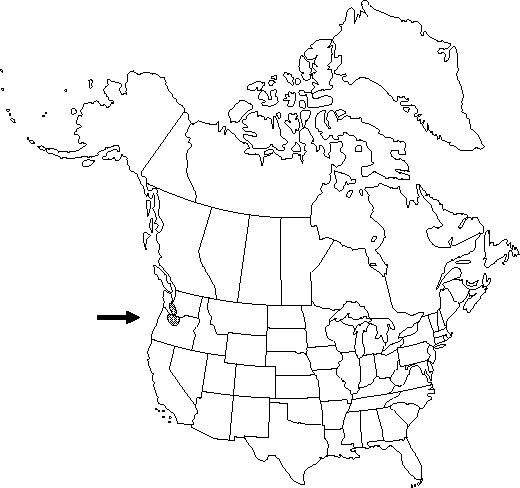Cimicifuga laciniata
Proc. Amer. Acad. Arts 20: 352. 1885.
Stems 110-130 cm, glabrous or sparsely pubescent. Leaves: petiole rounded abaxially or sometimes laterally compressed, 10-45 cm, adaxially narrowly and deeply grooved, densely pubescent. Leaf blade 2-3-ternately compound; leaflets 20-35; terminal leaflet of central segment ovate to ovate-lanceolate, deeply cleft into 3 primary lobes, 7-12 × 7-12 cm, with 3 veins arising basally, base somewhat cordate, margins incised and laciniate, apex acuminate, surfaces abaxially tomentose on larger veins, adaxially glabrous; other leaflets 5-10 × 5-11 cm. Inflorescences erect panicles of 4-8 racemelike branches, 10-35 cm, tomentose; bract 1, subtending pedicel, lance-subulate, 3-4 mm; pedicel 3-13 mm, tomentose, bracteoles absent. Flowers: sepals 4 or 5, white; petals 1-5, body yellowish, lobes white, ovate, ca. 3-4 mm, clawed; nectary basal; stamens 20-30; filaments 4-5 mm; pistils (2-)3-5, short-stipitate, densely pubescent; style subulate; stigma minute, 0.3 mm wide. Follicles (2-)3-4(-5), slender-stipitate, oblong-obovate, laterally compressed, 7-13 mm, thin walled. Seeds pale brown, lenticular, 2.5-3 mm, loosely covered with elongate, narrow, white, lacerate scales but not appearing cylindric.
Phenology: Flowering summer (Aug–Sep).
Habitat: Moist, open woods, boggy flats, thickets near heads of drainages, streamsides, meadow margins, and lakesides
Elevation: 500-1800 m
Discussion
Historically Cimicifuga laciniata had been collected only at Lost Lake on Mount Hood, Oregon. The discovery of many new sites in recent years has led to the removal of this species from state and federal lists of protected plants.
Selected References
None.
